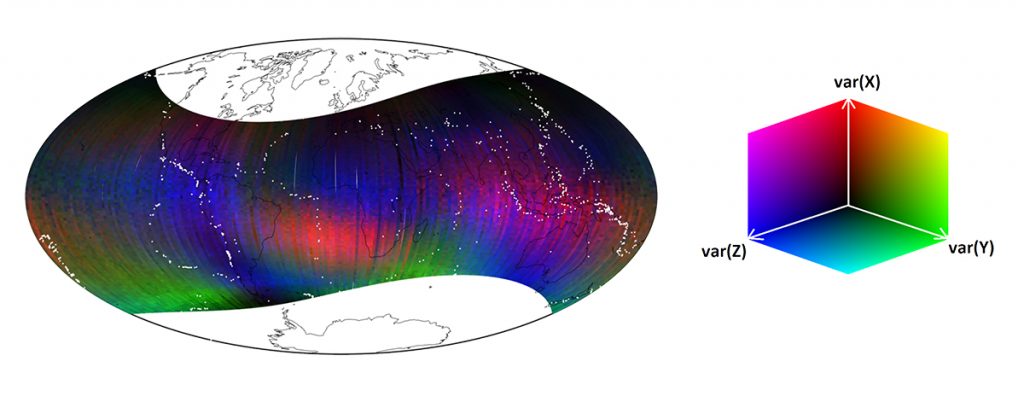
Earthquakes are among the most severe natural disasters. Global statistics from the United States Geological Survey (USGS) show that since the beginning of the 21st century, the death toll resulting from earthquakes exceeds 700 000, and according to estimates, by 2050 about 870 million people will be exposed to earthquakes.
One activity of ESA Φ-lab involves investigating potential coupling between the ionosphere (as measured by the Swarm constellation, which monitors Earth’s magnetic field) and earthquakes. The approach is entirely data driven, using Machine Learning and Deep Learning with global time series of Swarm and earthquake data to better understand the phenomenon. The activity is carried out in collaboration with domain experts from the Italian National Geophysics and Volcanology Institute (INGV), and within ESA.

Various data-driven approaches have been carried out to determine a possible link between earthquake events in the lithosphere and magnetic signals in the ionosphere. Both potential co-seismic and earthquake precursor signals have been analysed, making as few assumptions as possible on the form that these signals may take. Both supervised and unsupervised Machine Learning and Deep Learning techniques have been applied, using the entire Swarm mission archive from all three satellites. While the approach is data-driven, domain expertise from INGV and ESA has helped guide the methodologies and interpretation of results.
The research carried out to date has led to the conclusion that any magnetic co-seismic anomalies in the ionosphere are likely to affect only a small percentage of earthquakes. Possible ionospheric precursor signals that may correlate with earthquakes are under investigation and are being analysed as a function of earthquake magnitude and Swarm data type. Statistical techniques are being used to assess the statistical significance of any potential correlation. Efforts are also being made to reduce any geographic or temporal bias.
Share